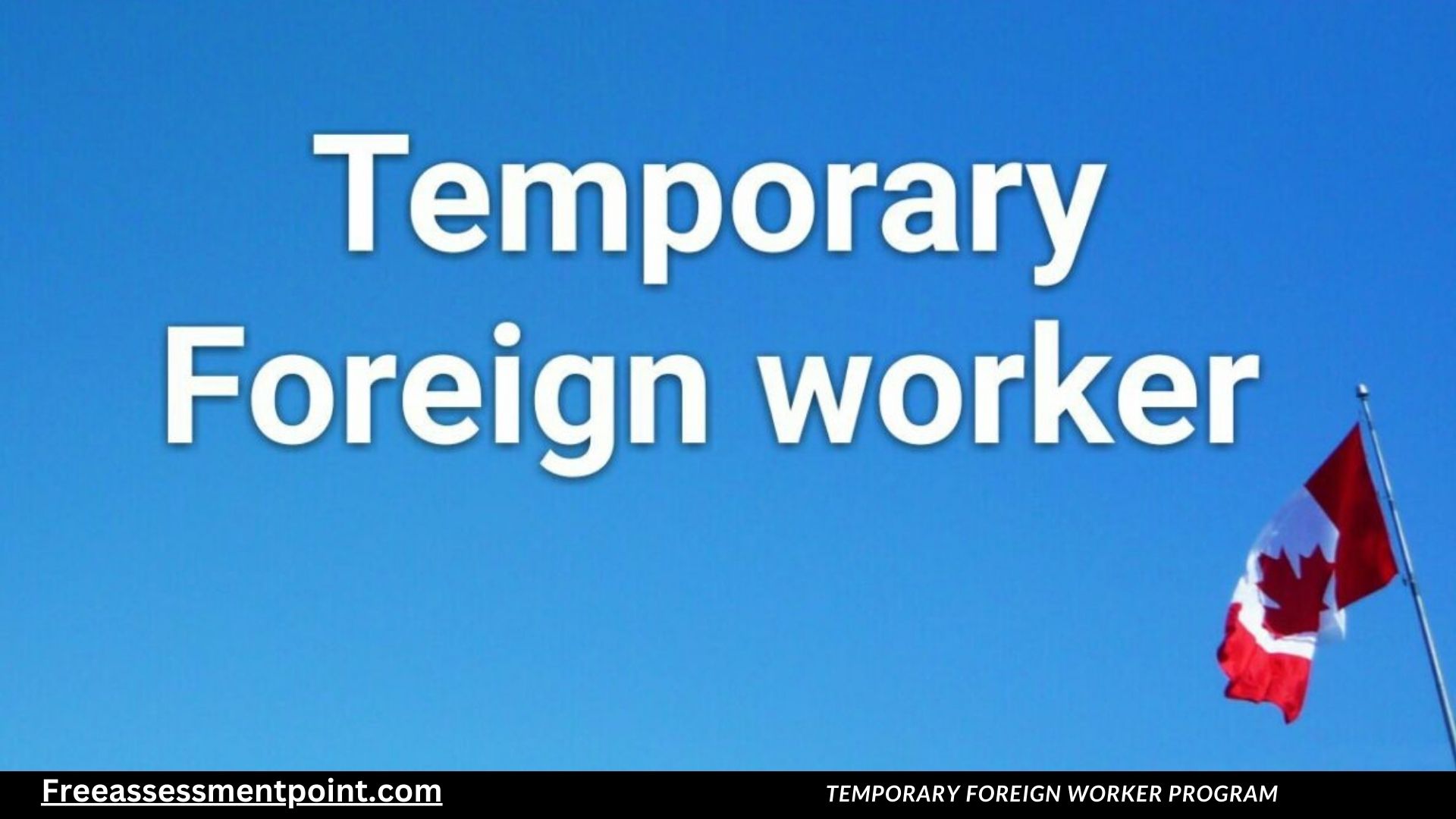The Temporary Foreign Worker Program may serve as a potential solution for Canadian firms grappling with labor shortages.
In order to participate in the Temporary Foreign Worker Program, employers are required to provide evidence demonstrating the unavailability of Canadian citizens or permanent residents who possess the necessary qualifications, willingness, and capability to fulfill the responsibilities specified in a given job description. The evidence presented in this study takes the form of a Labour Market Impact Assessment (LMIA).
The procedure for acquiring a Labour Market Impact Assessment (LMIA) for the Temporary Foreign Worker Program encompasses:
The process involves advertising the position for a specific duration while adhering to specified requirements. Additionally, the employer is required to pay an application fee of $1,000. For high-wage positions, the employer must also submit a transition plan demonstrating their commitment to gradually reducing dependence on temporary foreign workers. Lastly, strict criteria must be followed throughout the process.
Read Also: UPS Package Handler Part-Time Entry-Level Warehouse Support
For more information on the recruiting procedure under the Temporary Foreign Worker Program, we kindly direct you to our website dedicated to Labour Market Impact Assessments (LMIAs).
The topic of discussion pertains to Labour Market Impact Assessment (LMIA) exemptions.
There are many possible strategies for Canadian firms to circumvent the LMIA application process by using other avenues, such as temporary work visa streams that operate independently of the Temporary Foreign Worker Program. This objective may be accomplished by using one of the several channels offered by the International Mobility Program (IMP), which facilitates the recruitment of foreign employees without the need of a Labour Market Impact Assessment (LMIA).
Both employers and employees should carefully evaluate their alternatives within the International Mobility Program (IMP) prior to seeking a work permit under the Temporary Foreign Worker Program (TFWP).
TFWP and IMP: an overview
| TFWP | IMP |
|---|---|
| LMIA required | No LMIA required |
| Work permits are closed (employer-specific) | Work permits may be open or closed |
| Labour market-based (to fill shortages on a temporary basis) | To advance Canada’s broader economic and cultural interests |
| Based on specific labour needs based on occupation and region | Based partially on international reciprocal agreements (e.g. IEC, NAFTA, CETA) |
| Streams applications based on the wage of the position offered | Does not stream applications based on the wage offered, but certain streams take occupation skill level into account |
| Typically requires employers to search for Canadian workers before being able to hire a foreign worker | Employers may hire without first offering the position to Canadians |
| Employers hiring for high-wage positions usually must provide a transition plan | Employers do not have to provide a transition plan |
| Employer pays fee for LMIA application ($1,000) | Employer pays compliance fee ($230) unless job applicant holds an open work permit (in which case, no fee is required) |
| Two-week processing standard is only available for certain occupations and top 10% wage earners, otherwise the process can run to many months | Many IMP streams have a two-week work permit processing standard |
| Overseen by Employment and Social Development Canada (ESDC) | Overseen by Immigration, Refugees and Citizenship Canada (IRCC) |
The process of foreign employees converting to permanent residency
A significant number of temporary foreign employees in Canada establish a long-term presence in the nation. The origins of these roots may be economic, societal, family, or a mix thereof. Fortunately, international employees have the potential to move to Canadian permanent residency based on their individual circumstances.
Several economic immigration schemes in Canada emphasize the significance of having prior job experience in the country. Individuals who have engaged in skilled employment in Canada for a minimum duration of one year may potentially meet the eligibility criteria for the Canadian Experience Class (CEC), which is among the government programs administered via the Express Entry system. Candidates in the Canadian Experience Class (CEC) possess a favorable position in terms of eligibility for invitation to apply for permanent residence. This is primarily due to the fact that Canadian work experience is highly valued and rewarded within the Comprehensive Ranking System (CRS).
Individuals who are not qualified for Express Entry or have challenges in meeting the Comprehensive Ranking System (CRS) cut-off criterion in Express Entry drawings may have other pathways available to them via the Provincial Nominee Programs (PNPs). Several provinces use their Provincial Nominee Program (PNP) as a means to facilitate the transfer of foreign employees in a specific province to get permanent residency status. In some instances, it may be feasible for a foreign worker to get employment authorization, even if they have been engaged in a role that does not need specialized skills.
An alternative pathway for immigration may exist for foreign employees who have developed a connection with a Canadian citizen or permanent resident, such as via marriage or a common-law partnership.
